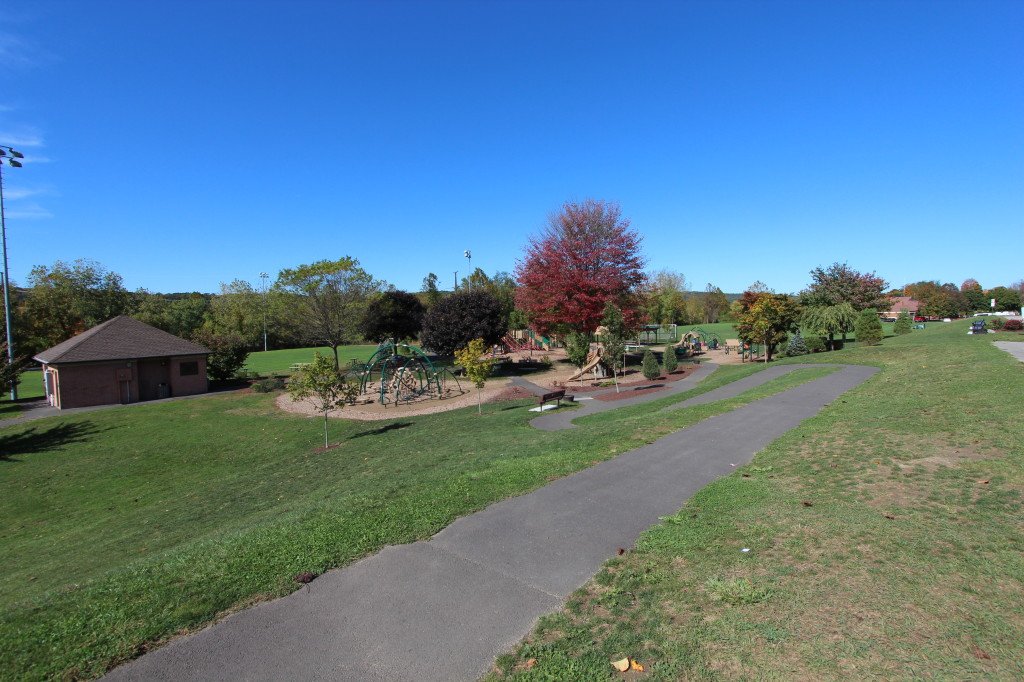
How To Choose The Right Neighborhood
According to a recent article from Realtor.com determining which community meets your needs and your budget requires research and some soul searching about your priorities.
Establish your priorities
Before a Realtor can begin to help you look for a home, you (and your spouse or partner) should develop a list of needs and wants. For some buyers, the home itself is of paramount importance: they want a particular style or size or a big yard. For others, the neighborhood is more important. If you have an unlimited budget you may be able to find the perfect home in a desirable neighborhood, but since most buyers need to meet a budget, you may have to compromise on either the house or the community.
Next, think about what amenities you’d like to have nearby or whether you’d like to live in a rural area without neighbors. If you like to swim or golf or play soccer or your kids do, facilities for those sports should be on the list of things you look for in a neighborhood. On the other hand, you could be more focused on easy access to cultural amenities or nightlife. Think about whether you’d like to live in place where residents interact often or whether you prefer to have cordial but distant relationships with your neighbors.
Schools matter – even if you don’t have kids
If you have children or are planning to have a family in the future, buying a home in a community with good schools is already likely to be a priority. Even if you don’t have children to educate, though, you should be aware that homes located in a good school district typically hold onto their value better than those in less highly regarded districts. In fact, Redfin real estate company completed a nationwide study in 2013 that shows that Americans pay $50 per square foot more for homes served by a top-ranked school than for homes served by an average-ranked school.
The Fair Housing Act prevents Realtors from providing information directly to buyers about specific schools, but they can share links to websites that rate schools and to local school systems.
Transportation issues
A major consideration for most home buyers when it comes to choosing where to live is how they’ll get to the places they go regularly. In communities near or in a city, prime locations are typically close to public transit options. Many suburban communities are being designed around a “town center” concept so that residents can walk to restaurants, shops and entertainment and sometimes even to work.
When you’re looking for a home, you should consider how convenient it is for you and for future potential buyers when you’re ready to sell.
Homes that are located close to a subway station or to popular commuter routes are often more costly than those that require a longer commute to a city center, so ask your Realtor to show you areas that may have similar attributes but are less expensive. Alternatively, if living in a particular neighborhood is your number one priority, you may need to compromise in terms of the size home you buy or its condition.
How to compare communities
It’s important to visit a prospective neighborhood at various times of day and on both weekdays and weekends to get a feel for what it would be like to live there. Look at how the homes are maintained to see if they meet your standards. Try to talk to residents about what the community is like and test out your commute at the time of day you typically go to work.
Finding the right neighborhood takes some legwork, but it’s important to choose a place to live where you want to come home every night.
Read the original article here.


